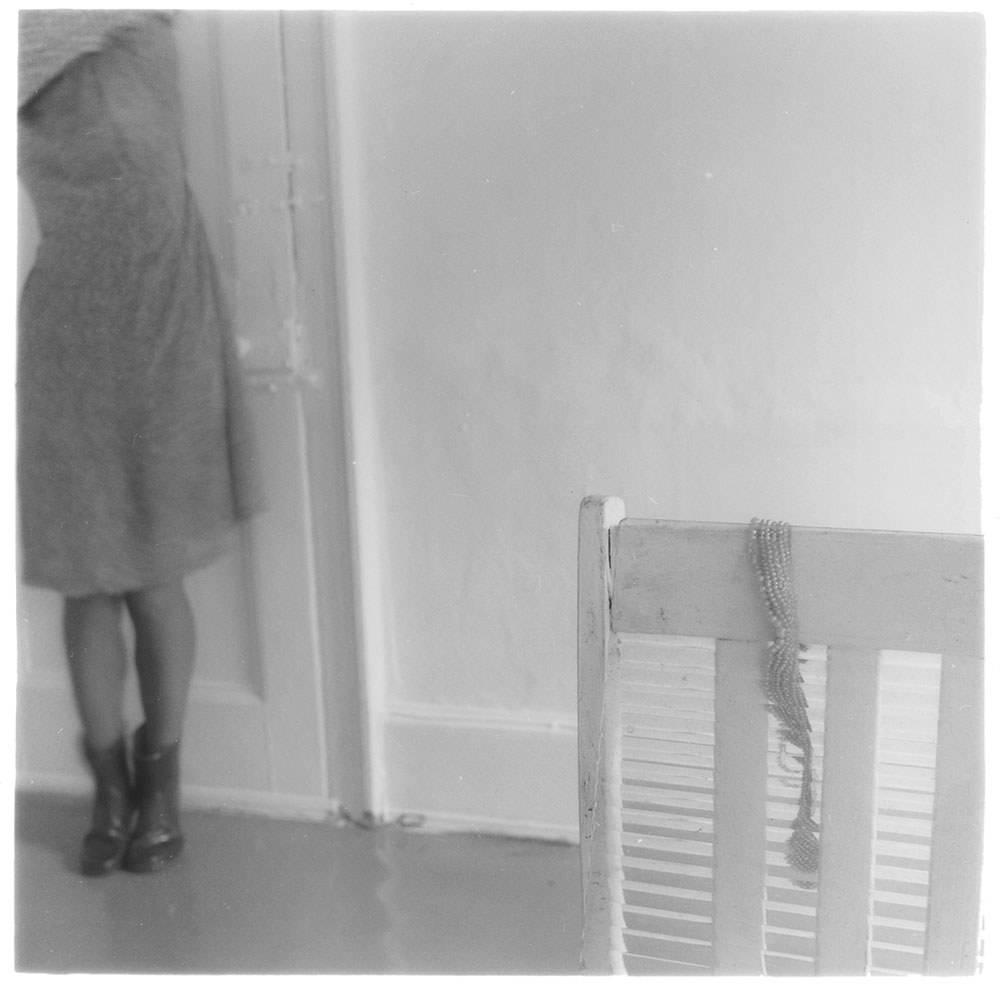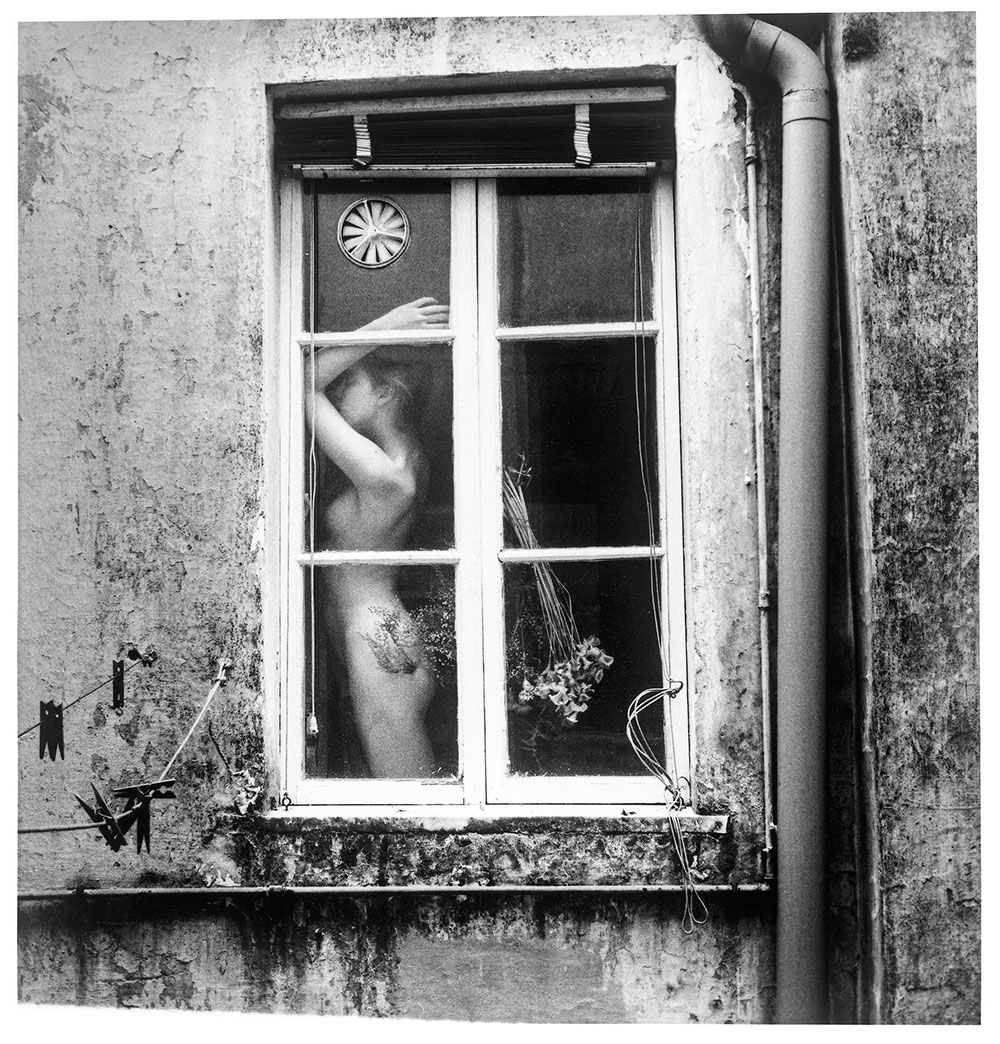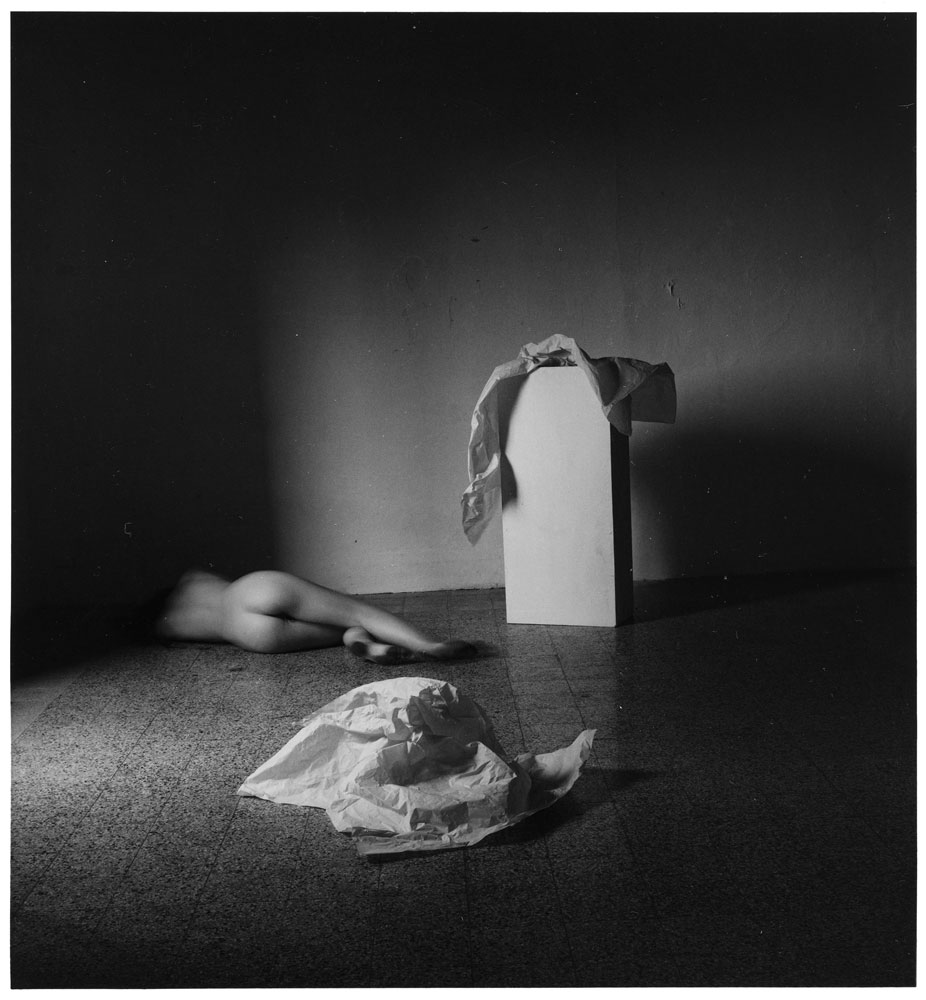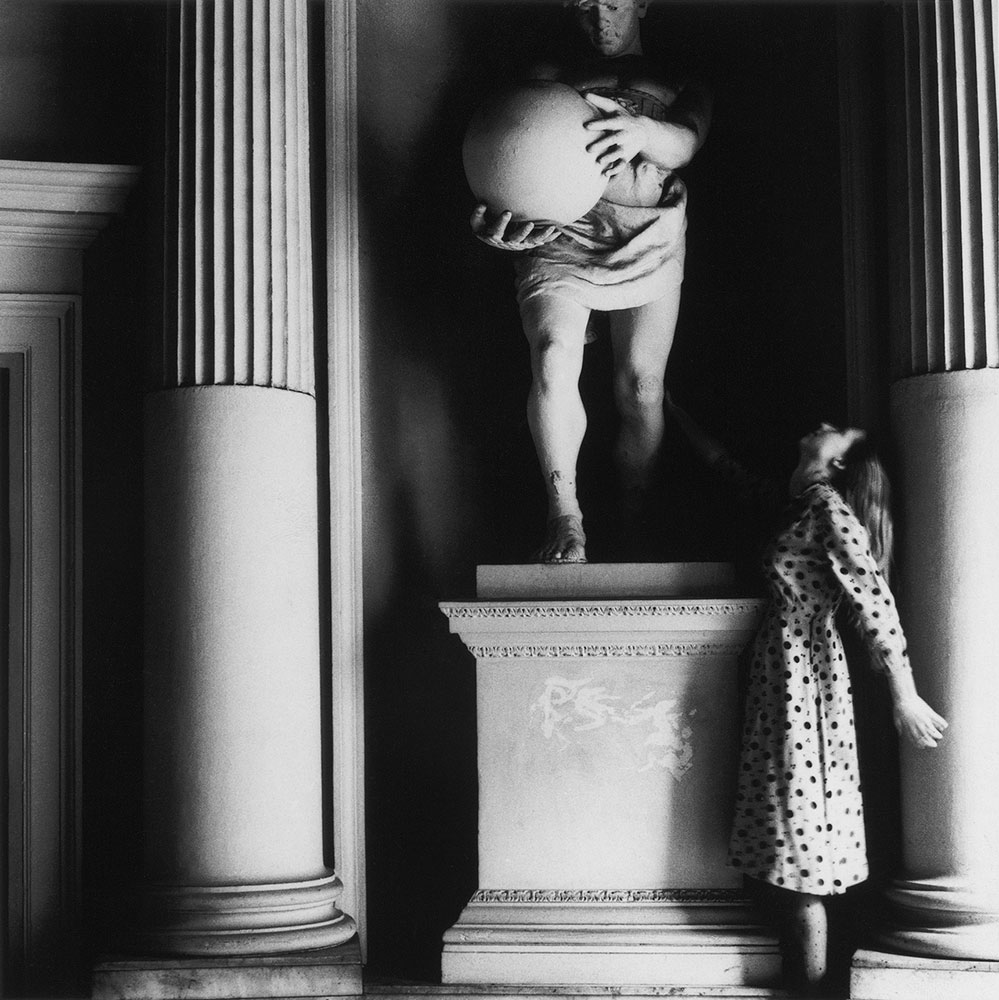PHOTO: Francesca Woodman
 Over a career that spanned less than a decade, Francesca Woodman created a body of work that has proven uniquely influential on contemporary photography. She explored self-revelation and theatricality, questioning her medium’s capacity to invest representation with narrative and allegorical elements. Frequently taking herself as a subject, Woodman also pictured other models, both female and male. She often worked serially, producing both individual prints and artist’s books.
Over a career that spanned less than a decade, Francesca Woodman created a body of work that has proven uniquely influential on contemporary photography. She explored self-revelation and theatricality, questioning her medium’s capacity to invest representation with narrative and allegorical elements. Frequently taking herself as a subject, Woodman also pictured other models, both female and male. She often worked serially, producing both individual prints and artist’s books.
By Dimitris Lempesis
Photo: Gagosian Archive
The exhibition presents Francesca Woodman’s key prints from approximately 1975 through 1980. Photographing in Providence, Rhode Island; Rome; Ravenna, Italy; and New York, Woodman situated herself and others within dilapidated interiors and ancient architecture to compose her tableaux. Using objects such as chairs and plinths along with architectural elements including doorways, walls, and windows, she staged contrasts with the performative presence of the figures, presenting the body itself as sculpture. In the Self-Deceit series (1978), she photographed herself nude in a room with crumbling walls, standing, crawling, or crouching with a frameless mirror. Through compositional fragmentation and blurring, Woodman throws into question the conceit that photography offers a revelation of the self. On view for the first time since spring 1980, when it was included in “Beyond Photography 80”, a group exhibition at the Alternative Museum in New York, “Blueprint for a Temple (II)” is a collage assembled from twenty-four diazotype elements and four gelatin silver prints. Using diazotype, a medium typically employed to create architectural blueprints, allowed Woodman to work at a monumental scale. The composition depicts the right half of a temple façade and features four caryatids—female figures who form columns in classical architecture. The most famous examples of these features are on the Erechtheion at the Acropolis in Athens, which Woodman visited multiple times. Made together with her “Caryatid” photographs (1980) and printed in sepia and inky blue diazotype, this work is one of two large-scale compositions realized. “Blueprint for a Temple (I)” (1980), now in the collection of the Metropolitan Museum of Art, New York, has a related composition. Approximately life-size, the four figures in “Blueprint for a Temple (II)” support an entablature and pediment assembled from photographs of tile mosaics, the claw feet of a tub, and other bathroom fixtures taken in friends’ New York City apartments, likely the same friends who posed as Woodman’s caryatids. Below the figures is a print joining multiple head profiles and a figure with arms occluded by marks Woodman made on its negative. On the work’s lower right are gelatin silver prints taken in bathrooms and a diazotype print that functions as a proposal or diagram of the work through sketches, photographs and an inscription. A culmination of Woodman’s representation of the figure in space, the “Blueprint for a Temple” works prompt consideration of how she drew on classical themes throughout her career. In an untitled photograph made in 1978 at the Pastificio Cerere in Rome, a headless, half-dressed figure leans against an aged wall, her arms behind her back, emphasizing her torso. With her skirt sitting low on her waist and blurred by a gentle movement captured by the camera, the photograph anticipates Woodman’s preoccupation with caryatids and the body as sculpture. The same can be seen in earlier works in which a figure emerges from behind torn wallpaper. As the artist noted around 1976–77, “I’m interested in the way that people relate to space. The best way to do this is to depict their interactions to the boundaries of these spaces. Started doing this with [ghost] pictures, people fading into a flat plane—ie becoming the wall under wallpaper or of an extension of the wall onto floor”.
Photo: Francesca Woodman, Untitled, c. 1979–80, Lifetime gelatin silver print, 10 x 8 inches (25.2 x 20.2 cm), © Woodman Family Foundation / Artists Rights Society (ARS), New York, © The Artist, Courtesy Gagosian and The Woodman Family Foundation
Info: Gagosian, 555 West 24th Street, New York, NY, USA, Duration: 13/3-27/4/2024, Days & Hours: Tue-Sat 10;00-18:00, https://gagosian.com/



